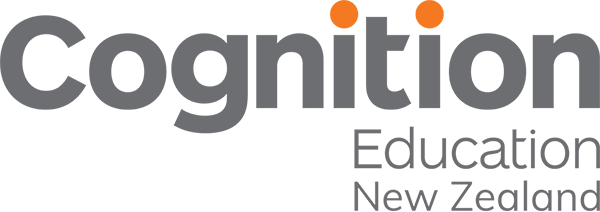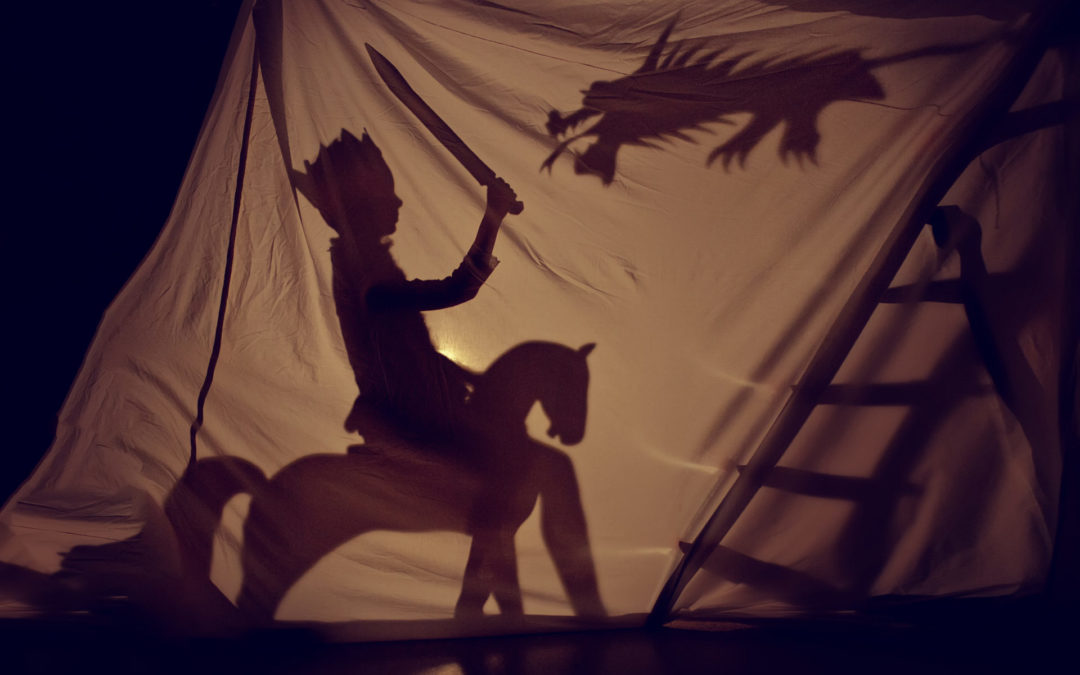Stories open up worlds and build imagination for our tamariki. They are significant for our children for various reasons: when you are read to you sit, listen, concentrate and engage your mind; it builds vocabulary and imagination, sentence structures and abstract thoughts.
Connecting Our Tribe
Since the first symbols were etched onto cave walls, we’ve been using words to communicate our inner thoughts and feelings. Human communication also gave birth to oral storytelling, poems and songs. The Ancient Greeks loved and developed ‘the conversation’; they turned it into an artform as it helped them to make sense of their lives. Throughout time, rich histories and traditions were woven into our stories, these words captured our evolution and connected us to our roots. In Te Ao Māori, the inter-relationship with stories of our ancestors help connect us to our land. Knowing and being able to tell rich stories enable our learners to make connections and develop a sense of whanaungatanga.
Today, we continue to tell stories and children still love to hear them. Five year olds demand the same story over and over again. They develop favourites and invite the adults around them to reread the text. They know the story already. Why do they do this? The narrative pattern is the way we understand ourselves and the world in which we live. Having opportunities to reread and re apply this narrative pattern helps us to acquire language skills and helps us use our stories as a metaphor to understand not only ourselves, but also the world we live in. What began in the early stages as cautionary tales has now evolved into a method of exploring emotion; given us a sense of belonging; helped us develop vocabulary; strengthened our overall cognition.
These same stories and familiar words also live in a digital age now. To navigate that digital world requires a huge amount of communication skills; the ability to use language and understand it is essential to our continued growth. Literacy has never been more important to our digital natives, as they use it to create agency and express choice and voice. These foundational skills are critical to our development and wellbeing. Distance learning situations are also now heavily reliant on a students ability to decode text and understand information; low literacy skills subsequently becomes a barrier to agency and self management.
Anyone who knows a teacher well, understands just how passionately they undertake the responsibility of ensuring the students are cared for; wellbeing forefront of what they do. Through shared connections, stories and language, students and teachers become part of a tribe. Sir Ken Robinson defines ‘finding your tribe’ as part of a pathway to being in your element; being able to connect to people who understand your passions is both magical and a privilege. This unique connection allows us to bring creativity and imagination to teaching; teaching at its best! For this reason we can thank our story telling ancestors for the gifts handed down to us.
Leading the Pack
Lifting Literacy skills is empowering and directly affects our health. There are extensive articles, papers and blogs that explore this concept. The real question is how do you identify which of the many dimensions to ‘Literacy’ do you need to target in order to develop the right progress for our learners? Breaking down the interwoven disciplines, understanding what they all mean, analysing what skills are needed, and seeing how they are connected would be a good first step.
For example: Reading isn’t just about decoding the patterns, sounds and letter shapes before you, with it comes comprehension, engagement, fluency, inference. It involves a thinking process and the ability to activate prior knowledge to understand what these symbols mean. Similarly, writing has more than just surface features and construction rules as is the understanding and use of oral language. Even a simple conversation becomes a ‘dance of two brains’. Such complex and multidimensional processes need careful thought when trying to understand how to put in place an intervention to support our learners. Each community of learners are different, and bring with them different experiences.
What we do know is children learn language by copying and imitating the adults around them. This interaction allows us to find commonalities. This is also true when we read from an early age, we allow ourselves to become the characters we read about; diving into the worlds authors describe, awakening and building our imaginations. Within the walls of this digital age we find ourselves in, interactions become less and less, stories told orally before bed time a little rarer. The bank of vocabulary and diminished language around the home becomes fleeting and mostly transactional. Now more than ever we need to support our learners to make language transformational.
Enrich our young people with opportunities to explore their world through language. From an early age, children play with language based on words they hear long before they can read and write. Expose them to words that challenge them and evoke their imagination. The cycle of talk before writing is well established in pedagogy. Every student has something to say. It’s the job of a school to help students find their voice. Once students know who they are and what they can be, they’ll use their voice to change the world around them. Voices aren’t neutral — they have the power to shape viewpoints, resolve differences, and overcome obstacles.
Weaving Magic
With these complex dimensions laid bare it is no wonder we struggle to find an ‘off the shelf’ solution that promotes growth. Designing a professional development journey that suits your learners specific needs and is tailored with your community is easy when you have experts to guide and support you.
One school recently evaluated their approach to writing. Using a scoping tool that looked at all seven dimensions of Literacy (oral language, reading fluency, reading comprehension, writing processes, writing fluency, assessment for learning and interventions), they discovered that oral language and assessment for learning were identifiable gaps. With the help of a Cognition Education facilitator they co constructed changes to their Literacy approach to deliberately target these areas.
The facilitator was able to direct the school to a variety of pedagogies that will focus on these two areas of need. One of the elements to the focused strategies was to take a process based on the idea that if children can say it, they can write it. At Cognition we call this oral language process “Kōrero ke ti tuhi’- Talk to Write”. Using oral language, drama and storytelling before the writing process began, the school recognised instant engagement and lower anxiety levels for their low level Literacy students.
“I teach a group of year 4 students with a range of abilities in Literacy. I have many students that are working on their resilience and who often struggle with idea generating when writing.
After just two sessions on Kōrero ke ti tuhi there is a genuine classwide sense of excitement at writing time. All students are not only sharing success, but enthusiastically sharing their ideas with their teacher and their peers. I can see already that by providing a robust programme of extended textual exemplars and exciting multi-modal reading and writing prompts the students are switched on to their writing in a big way now.
Through the auditory, visual and kinesthetic approach students are scaffolded in a way that supports all learners and abilities to achieve success in their writing and to self-assess their success and next steps.”
Learning requires both interest and comprehension. Once you have ignited their curiosity give them the tools to be successful linguists, readers and writers. To be able to tell your own story is both magical and central to mankind around the world. These stories bind us and families together in culture and understanding. Telling our stories, no matter which tongue, is the one thing that we have in common as humans.

